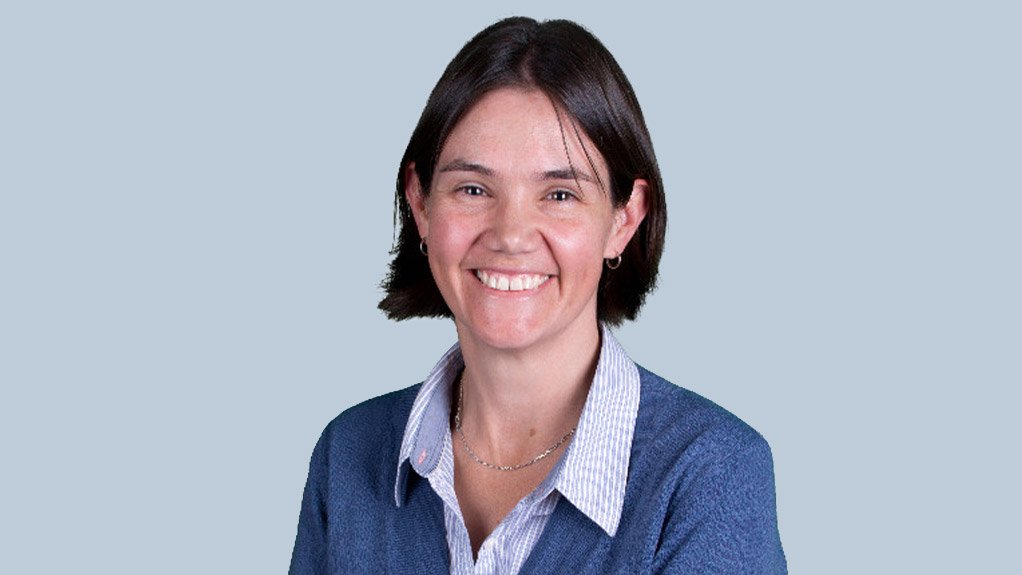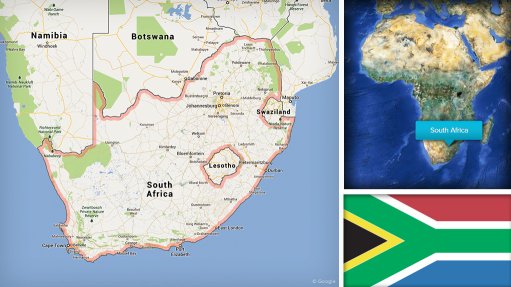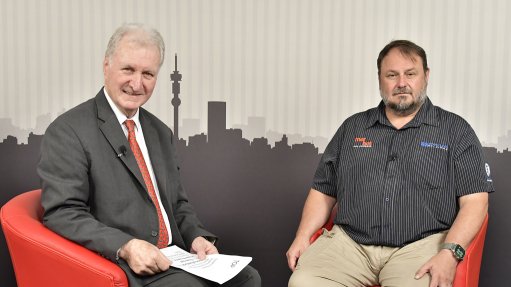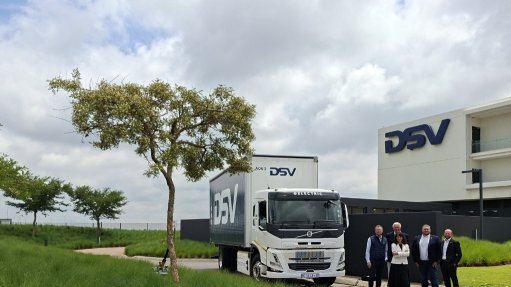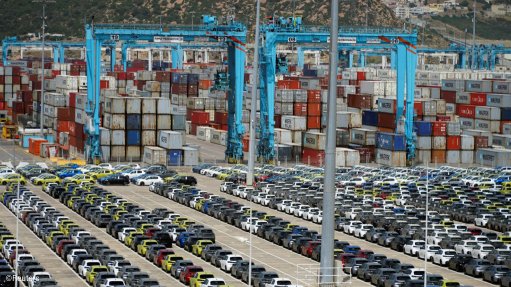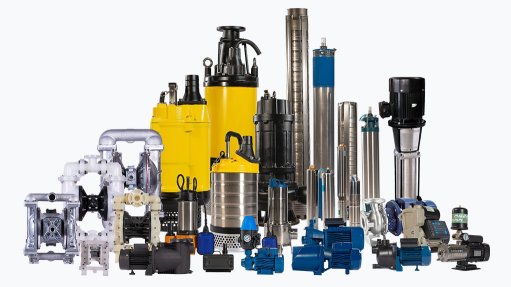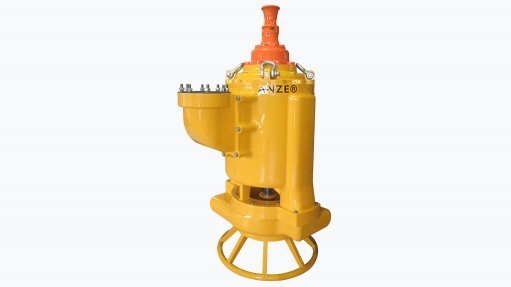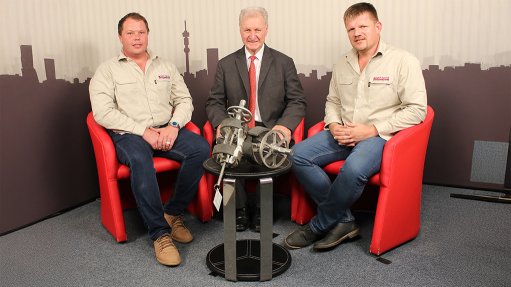From flood lines to lifelines
Building sustainable flood resilience
by Karen King, Climate Resilience Director, Atana
I recently joined my former colleague, Mike Wiese, at the IMESA Conference to present our joint paper, “Sustainability of Flood Studies: From Inundation Mapping to Holistic Risk Management in Prospecton, Durban”.
In this article, I discuss how our teams moved beyond traditional flood mapping to explore the real, economic and social dimensions of flood risk, and how a more sustainable, data-driven approach can help protect both the people and infrastructure.
What the flood maps don’t show
When we talk about flood studies, we often picture lines on a map, such as the 1-in-100-year or 1-in-200-year floodplain. But those lines don’t tell the whole story. They can’t show the businesses that lose millions when production stops, or the communities that spend months, if not years, recovering.
Over the last few years, a series of extreme floods in Durban’s Prospecton area revealed just how complex those hidden impacts can be. In 2017, 2019, and again in 2022, storms overwhelmed drainage systems, breached river diversions, and brought parts of the city to a standstill.
But the breakthrough only came afterwards, when public and private partners decided to go beyond repair and start rethinking risk.
Collaboration as a turning point
Through a partnership between Toyota South Africa Motors, eThekwini Municipality, AECOM, Atana and the Dutch Disaster Risk Reduction (DRR) programme, Prospecton became a test bed for a new approach: treating flood studies not as compliance documents, but as living tools for decision-making.
Instead of stopping at “where the water goes”, the project looked at “what happens when it gets there”. Using advanced modelling, the teams simulated rainfall and river breaches across multiple scenarios. Then they linked those physical models to an economic flood risk assessment, quantifying potential losses for each land use, from factories and warehouses to residential and public spaces.
The result is a clearer view of risk, not only in cubic metres of water, but in billions of rands in potential damage costs. The 2022 flood alone was estimated to have caused more than $4 billion in losses, most of it due to business disruptions in industrial zones.
Translating loss into learning
Once the financial picture was clear, it became possible to test the impact of different mitigation strategies. This included everything from canal upgrades and new outfalls to berm reinforcement and scour protection.
By comparing how each intervention reduced damages across multiple flood scenarios, planners could prioritise the measures that offered the greatest long-term value.
This is what sustainable flood management looks like: using data and collaboration to guide decisions that protect communities and critical systems.
Not just “a line on a plan”
Atana’s role in this partnership was to help move the conversation toward adaptive risk management. A flood study should evolve as the landscape, climate and infrastructure change. It should inform emergency response plans, influence spatial development and help communities prepare.
And if there’s one lesson Prospecton has taught us, it’s that resilience grows when we connect the dots between science and economics, policy and practice, and partners working toward the shared goal of keeping people safe and cities moving.
Article Enquiry
Email Article
Save Article
Feedback
To advertise email advertising@creamermedia.co.za or click here
Comments
Press Office
Announcements
What's On
Subscribe to improve your user experience...
Option 1 (equivalent of R125 a month):
Receive a weekly copy of Creamer Media's Engineering News & Mining Weekly magazine
(print copy for those in South Africa and e-magazine for those outside of South Africa)
Receive daily email newsletters
Access to full search results
Access archive of magazine back copies
Access to Projects in Progress
Access to ONE Research Report of your choice in PDF format
Option 2 (equivalent of R375 a month):
All benefits from Option 1
PLUS
Access to Creamer Media's Research Channel Africa for ALL Research Reports, in PDF format, on various industrial and mining sectors
including Electricity; Water; Energy Transition; Hydrogen; Roads, Rail and Ports; Coal; Gold; Platinum; Battery Metals; etc.
Already a subscriber?
Forgotten your password?
Receive weekly copy of Creamer Media's Engineering News & Mining Weekly magazine (print copy for those in South Africa and e-magazine for those outside of South Africa)
➕
Recieve daily email newsletters
➕
Access to full search results
➕
Access archive of magazine back copies
➕
Access to Projects in Progress
➕
Access to ONE Research Report of your choice in PDF format
RESEARCH CHANNEL AFRICA
R4500 (equivalent of R375 a month)
SUBSCRIBEAll benefits from Option 1
➕
Access to Creamer Media's Research Channel Africa for ALL Research Reports on various industrial and mining sectors, in PDF format, including on:
Electricity
➕
Water
➕
Energy Transition
➕
Hydrogen
➕
Roads, Rail and Ports
➕
Coal
➕
Gold
➕
Platinum
➕
Battery Metals
➕
etc.
Receive all benefits from Option 1 or Option 2 delivered to numerous people at your company
➕
Multiple User names and Passwords for simultaneous log-ins
➕
Intranet integration access to all in your organisation



